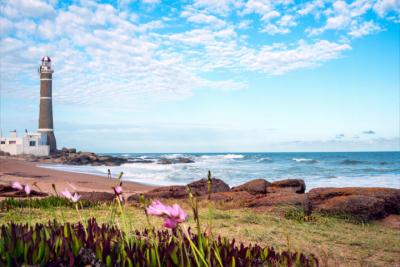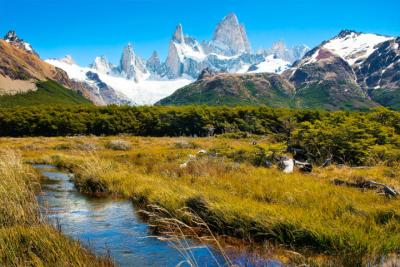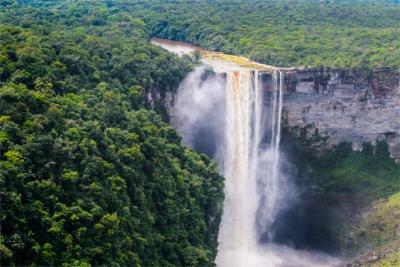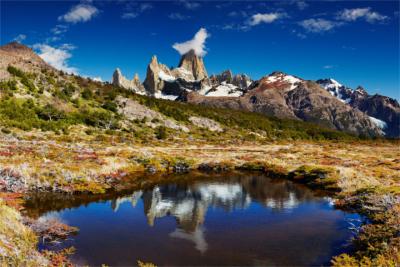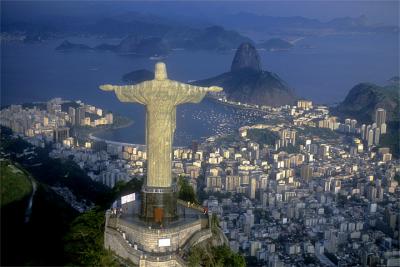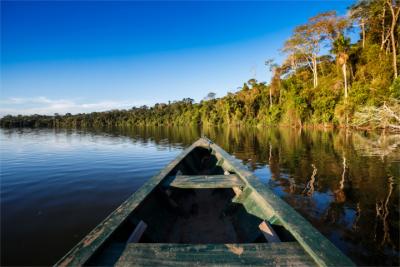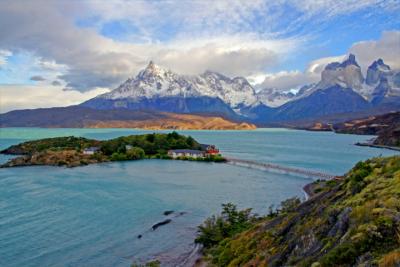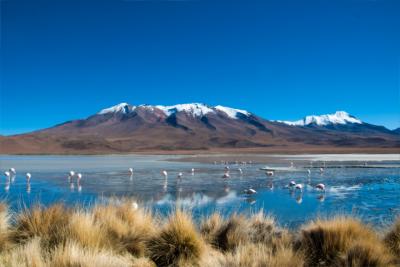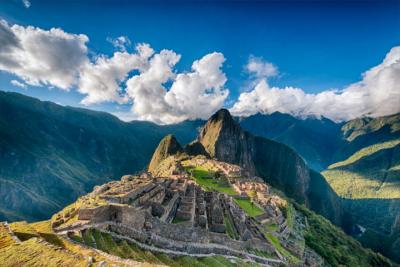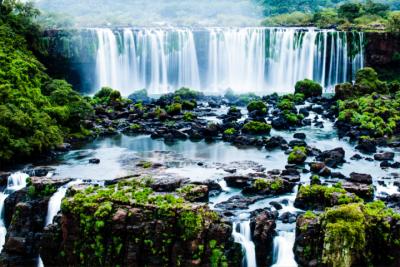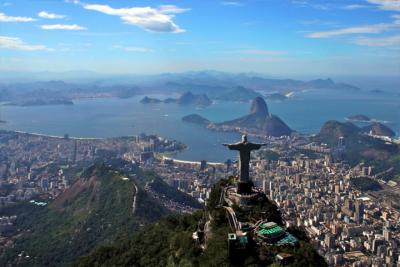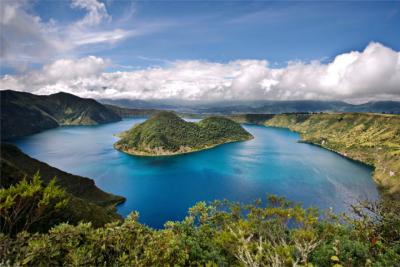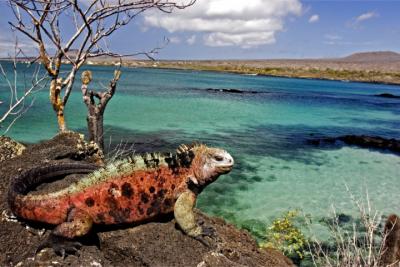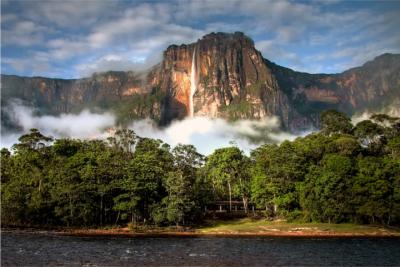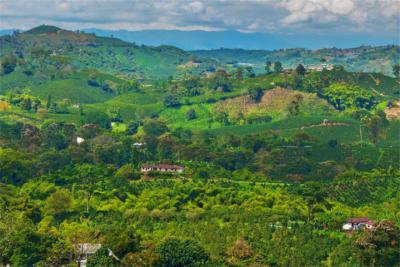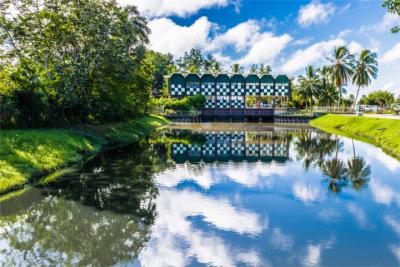Travel Offers
Travelmyne Featureprint
Distance
Amazon River - The Most Powerful River on Earth
The Amazon River is an extraordinary river system with numerous tributaries. It is not only the river with the world's highest amount of water but it also has the largest rainforest area at one stretch and one of the most biodiverse ecosystems on earth.
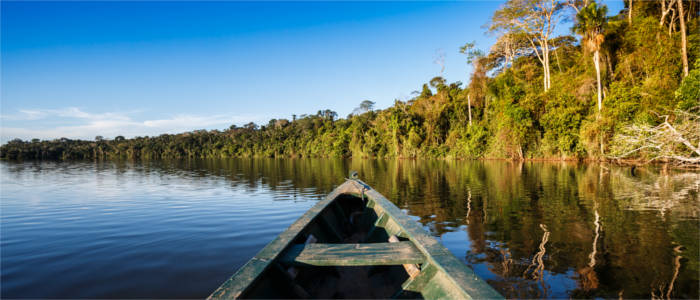
Geography - The world's richest river
The Amazon, a river in the north of South America, is the richest river in water on earth. According to estimates, a fifth of the earth's freshwater water resources flows together in the Amazon basin. The Amazon River has its source in the Peruvian Andes and issues into the endless vastness of the Atlantic Ocean. With over 10,000 tributaries, it constitutes the greatest river system on earth. Its drainage area (the Amazon drainage basin) is about 6 million km² large and covers almost all of the northern part of the South American continent (Brazil, Peru, Colombia, Venezuela, Ecuador, Bolivia). Sources of the river, which is 6,448 kilometres long, are the tributaries of the Marañón and Ucayali. Other great tributaries of the Amazon River are the Rio Negro, the Rio Madeira, the Rio Tapajós and the Rio Xingu. While the latter two are clearwater rivers, the Rio Madeira is a whitewater river and the Rio Negro a blackwater river. The different colours of the Amazon bodies of water are connected to the different sedimentation and can be seen for kilometres in the case of a confluence. The region's climate is humid and tropical with hot temperatures throughout the year and a humidity of over 90 %. In the rainy season (November to May), heavy rainfalls, a rise of the water level and flooding occur. The river bed can become up to 100 kilometres wide (in contrast to it usual 5 km).
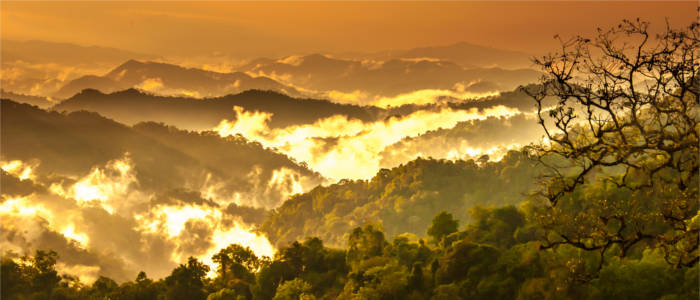
Nature - Fascinating biodiversity and the largest rainforest area on earth
The Amazon basin contains the world's largest rainforest area at one stretch. It is home to numerous animal and plant species, mushrooms, microbes and bacteria. One single tree or branch of a river in the drainage area of the Amazon River can accommodate more species than a whole country or continent. The rainforests of the Amazon basin consitute the most biodiverse ecosystem on earth. It is assumed that the Amazon rainforests contain up to 5 million species, only a fraction of which (about 1.4 million) are scientifically described. The region around the Amazon probably accommodates a quarter of all animal and plant species on earth. Those are about 250,000 plants, 427 mammals, 1,200 birds, 750,000 insects, 300 reptiles and over 3,000 fish species. Numerous bats and countless caterpillars, bugs and butterflies live in the forests of the Amazon basin. In addition, you can see snakes, caimans, tortoises, lizards, piranhas, manatees, monkeys, tapirs, capybaras and the endangered Amazon river dolphin here.
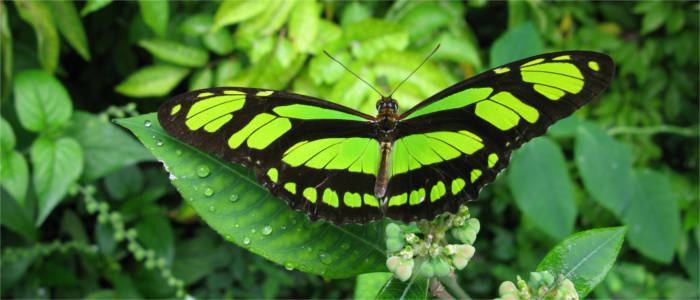
Culture - Indigenous cultures
The Amazon River, or rather its estuary, was first explored by European settlers around 1500. Centuries earlier, numerous indigenous tribes already lived in the area around the water-rich river. They still form a great part of the local population. The Brazilian part of the Amazon Basin is populated by 150 indigenous tribes, many of which are isolated from global society. They live in a world apart from modern civilisation, far away from Western values and the vibrant activity of big cities like Manaus and Belém. Hunting, gathering, fishing, the cultivation of manioc, maize, bananas and healing herbs, Shamanism, rituals and spirituality dominate their life. Many of the Native Americans are nomadic hunters and gatherers who regularly change their place of settlement to the benefit of the environment. The greatest indigenous tribe in the Amazon region are the Yanomami. The inhabitants who settle at the banks of the river are called "Caboclos". They live on fishing and selling fruit. Simple huts, which are built on stilts to protect them from the constant flooding, are their homes. The indigenous population of the Amazon basin is of great significance for the biodiversity of the local rainforest. Due to the industrialisation, these are endangered. Brazil's government has recognised almost 690 areas as indigenous territory but the consistent clearance of the rainforest, wood and oil companies as well as gold diggers are constant threats.
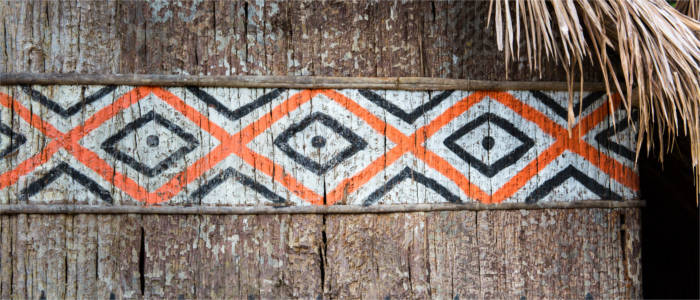
Experience - Exotic fruit and sleeping in a hammock
A trip into the Amazon drainage basin is a unique experience, which shows you the natural beauty and the simple life of the population in the Brazilian wilderness. A stay in an authentic lodge is as exciting as a visit to a local village. A trip on a cruiser or a night in a jungle camp, sleeping in a hammock and eating at the campfire bring travellers closer to the fascinating world of the Amazon. Due to the great variety of natural products, your culinary experience here is unique as well. Exotic fruit like pineapple, oranges, passion fruit, mango, acerola cherries, coconut or the fruit of the açaí palm are delicious treats and form the basis of many juices and desserts. In addition, many regional dishes contain fish, beef, poultry and manioc.
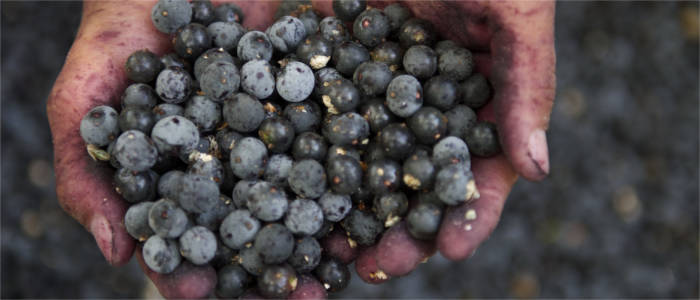
Activities - Hiking through the jungle and canoeing on the Amazon River
The Amazon River is a paradise for adventurers and all people who want to experience the nature of the rainforest at first hand. Travellers can explore the fascinating area around the world's richest river on a hike through the jungle, a fishing trip or by watching the exotic fauna and flora. Several operators organise jungle tours starting from Manaus, Belém or Santarém, which show you the exotic and impressive nature in an educational way. In addition, you can go on canoe trips, piranha fishing and on nightly caiman watching tours. Holidaymakers should not go without the comfort and safety of a guided tour and the knowledge of a guide who knows the place. It may seem adventurous to you to explore the region under your own steam but that kind of adventure can be quite dangerous.

Information
The area around the Amazon River can be visited at any time of the year. The time from June to October is particularly popular because there is less precipitation during this season (winter). Holidaymakers can arrive at the international airport in Manaus (Eduardo Gomes International Airport).
Holidays in the Amazon basin are a unique experience combining nature and adventure. On a tour through the jungle, travellers do not only discover the region's impressive flora and fauna but also get to know the simple life in the Brazilian wilderness.

